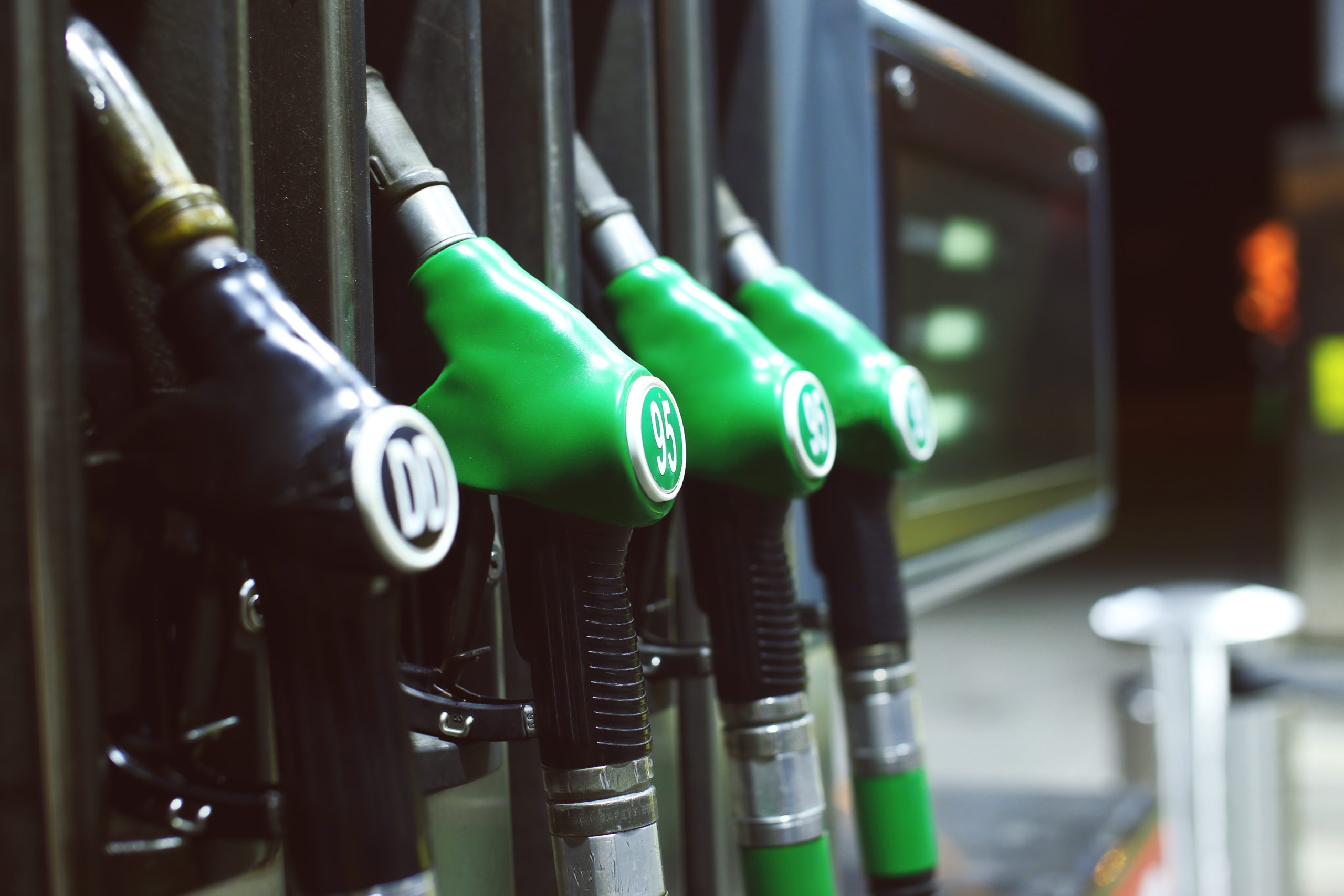If you’ve filled up at the pump recently, you might have noticed E10 petrol has become the standard fuel across most UK forecourts. It’s been brought in as part of the government’s plan to cut emissions, but for many drivers, it’s left a few questions: Is it better for my car? Should I be sticking with E5? And what’s the real difference anyway? Let’s break it down.
What exactly is E10 fuel?
The “E” in E10 stands for ethanol, a renewable fuel made from plants. E10 contains up to 10% ethanol, whereas E5 (as the name suggests) contains up to 5%.
The idea is simple: more ethanol = fewer harmful emissions. On paper, E10 is the greener choice, and for the majority of modern cars, it works perfectly well.
The good bits about E10
- Cleaner for the environment – E10 lowers carbon emissions compared to E5, which is why it’s now the UK’s standard petrol.
- Widely available – As the default grade on most pumps, you’ll have no trouble finding it.
- Cheaper at the pump – E10 tends to cost less than premium fuels, so it’s kinder on your wallet in the short term.
But here’s the catch…
Like most things, E10 isn’t perfect, and there are some downsides you’ll want to know about:
- It doesn’t keep well – If your car sits unused for weeks on end, E10 can break down quicker than E5. Over time, the fuel can crystallise inside the fuel system. This leads to clogged injectors, blocked carburettor jets, and sticky moving parts – none of which are good news for your engine.
- Not all cars can use it – Older cars, classics, and some smaller engines simply aren’t compatible. Using E10 in these vehicles can cause corrosion and long-term damage.
- E5 is harder to find – You can still buy E5, but it’s now classed as a premium fuel. That means a slightly higher price tag, and not every garage stocks it.
Why does E10 degrade?
E10 fuel degrades because the 10% ethanol it contains is hygroscopic, meaning it absorbs water from the air. This moisture can cause phase separation where water and ethanol sink to the bottom of the tank, creating corrosive conditions that damage fuel system components like metals, rubber, and seals. Ethanol also helps break down fuel system sludge, which can lead to clogged filters and injectors, causing performance issues, and can form deposits that hinder engine operation.
Factors accelerating degradation:
- Water contamination – Exposure to air increases moisture absorption, which can introduce corrosive water into the fuel system, according to Wynn’s UK.
- Vehicle usage – Cars that are driven infrequently, or those stored for long periods, are more vulnerable because the fuel sits in the tank longer, accelerating both degradation and water absorption (Wynn’s Europe).
- Engine components – Ethanol can dissolve or corrode older rubber and plastic components, making some fuel systems particularly at risk.
- Fuel system sludge – Ethanol has a cleaning effect and can break down existing sludge or deposits inside the fuel system. While that might sound good, the loosened debris can clog filters and injectors.
Why some drivers still swear by E5
While E5 is more expensive, it does come with a few perks:
- It lasts longer in the tank, making it a safer option for cars that aren’t driven regularly.
- Premium grades of E5 usually contain extra detergents that help keep your engine clean.
- For classic cars and older vehicles, it’s often the only safe choice.
So, which fuel should you choose?
For everyday driving in a modern car, E10 is absolutely fine – it’s affordable, widely available, and better for the environment.
But if you own an older vehicle, a classic car, or you only drive occasionally, E5 may be the smarter option. It could save you from clogged fuel systems and expensive repair bills down the line.
If you’re unsure, the UK government has a quick online E10 compatibility checker that’s well worth using before you fill up.


